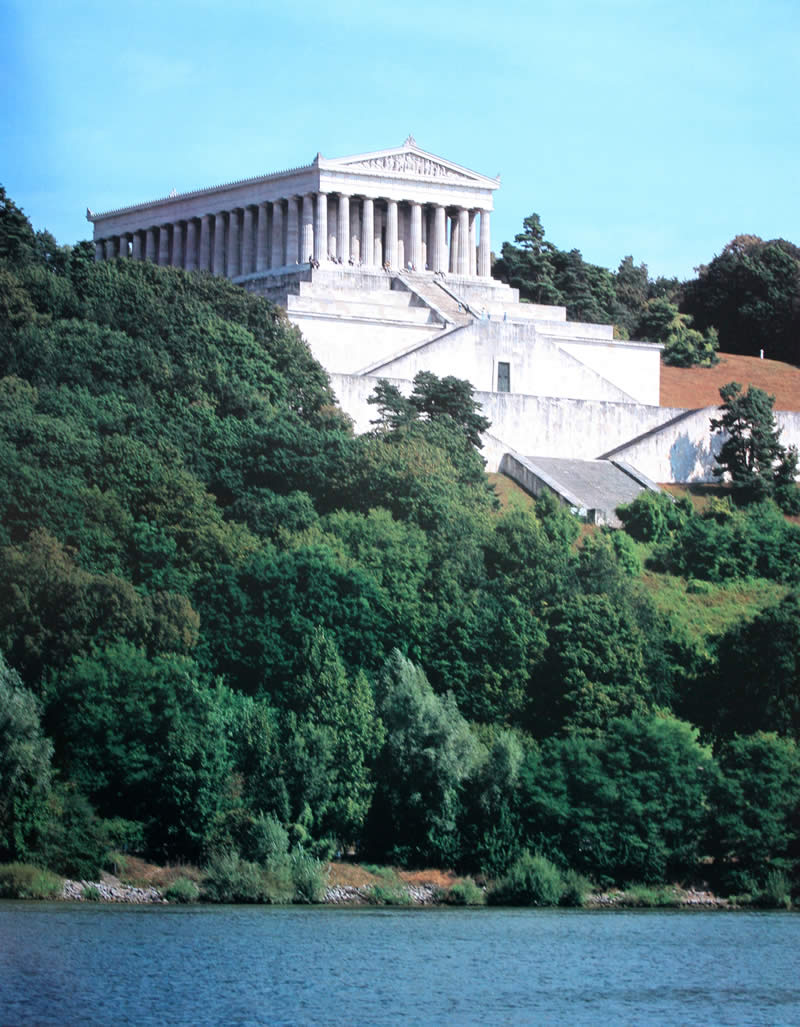Neo-Classicism: the Return to Antiquity and the Purification of Style

James Stevens Curl
The so-called Renaissance produced a variety of architectural styles that were only vaguely connected with Graeco-Roman Antiquity, and this was especially the case in Northern Europe, where the architecture was often overloaded and Classical motifs were used largely decoratively without many nods to ‘authenticity’. During the 18th century questions were raised about the tyranny of Palladianism, and, prompted by the excavations of the Roman towns of Pompeii and Herculaneum (buried after the eruption of vesuvius in the First Century AD), architects turned away from Renaissance exemplars, first to ancient Rome, then to Greece (then part of the Ottoman Empire), and finally to Egypt. The result was an architecture stripped to the bare minimum, sterometrically pure, even chilly, the Greek Revival, and a reaction against it.
The lecture covers an outline of the various phases of Neo-Classicism in architecture, taking the story to fairly recent times.

 LinkedIn
LinkedIn  Wikipedia
Wikipedia